Blog

Business tipsGuides
A guide to GST registration for companies in Singapore
Understand the GST registration process in Singapore. Learn when businesses must register for GST, key filing deadlines, potential penalties, and more.
Shermaine Tan
•9 minutes

Business tipsGuides
SME grants Singapore 2025: grant options, eligibility, and amounts
Learn about the top SME grants in Singapore in 2025. Find out when businesses should apply for SME grants, and tips for a successful application.
Shermaine Tan
•14 minutes

Start-upsBusiness tipsGuides
Guide to getting a startup business loan in Singapore
Learn about the types of business loans available for startups in Singapore. Find out how to apply and the key factors to consider.
Shermaine Tan
•10 minutes
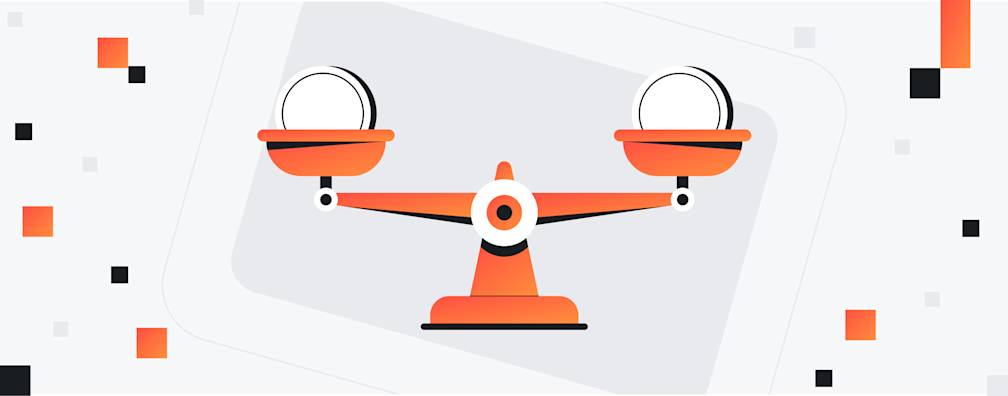
What is accounting reconciliation and how does it work?
Reconciliation ensures that financial records match actual transactions. See how automation can support accurate account keeping.
The Airwallex editorial team
•7 minutes

February release notes: enhanced SWIFT and ACH payments, improved dispute management, and expanded local transfer capabilities
Discover the latest product releases from Airwallex.
•5 minutes
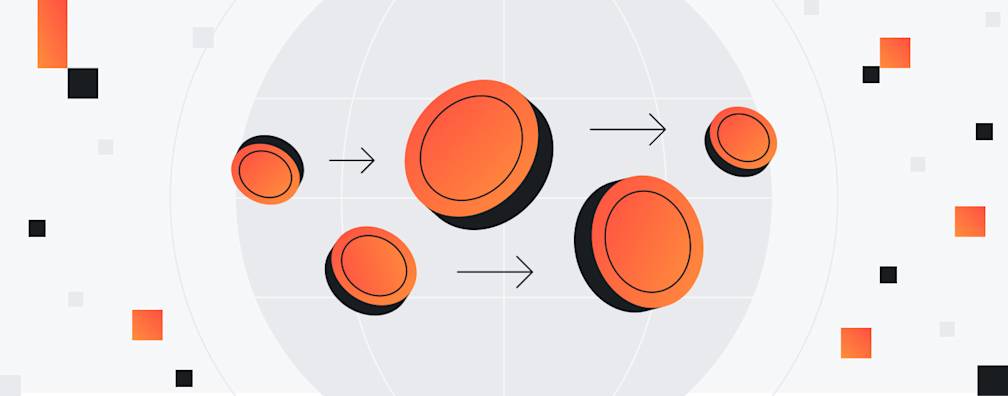
What are payment rails? How they work and the types of payment rails
Payment rails transfer money between parties, reducing costs and boosting efficiency for businesses handling cross-border payments. Learn more in this guide.
The Airwallex editorial team
•10 minutes
Finance
UOB corporate credit and debit cards in Singapore
Discover the ultimate guide to UOB corporate credit and debit cards in Singapore, including card features, fees, benefits, and application details.
Shermaine Tan
•5 minutes
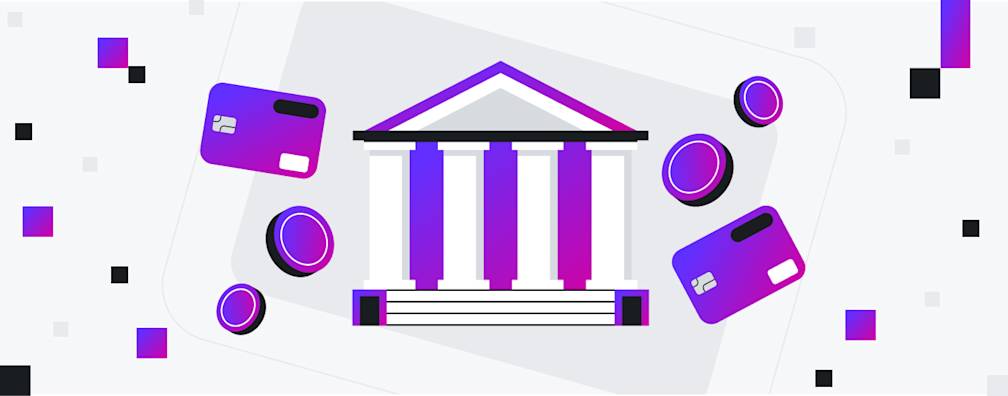
What is a card issuer and how do they work?
A card issuer enables cardholders to pay for goods and services. It is the bank that has issued the credit or debit card to the customer.
•18 minutes
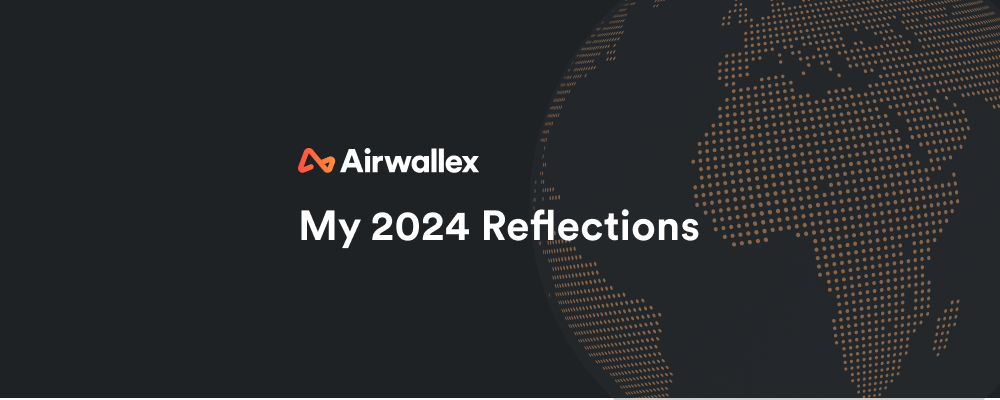
My 2024 reflections: What we’ve built and where we’re going
As we gear up for our 10th anniversary later this year, I’m immensely proud of what we’ve accomplished together in 2024 and I’m thrilled about the journey ahead.
Jack Zhang
•10 minutes
Turning global spend challenges into growth opportunities
99% of Singaporean finance leaders are struggling with global spend management. It’s just one of the learnings from our recent survey on Singapore business spend management. Learn about the challenges keeping finance leaders up at night.
Shermaine Tan
•10 mins

Finance
Airwallex Spend: Revolutionising business spend management, with AI-powered automations at every step
Airwallex Spend brings together our Corporate Cards, Expense Management, and Bill Pay products into a unified suite of tools to help you manage your spend.
Shermaine Tan
•4 minutes

GuidesTechnology
Embedded Finance: What it is and how it works
'Embedded finance' is driving the transformation of how businesses and customers access and use financial services. But what exactly is it, and how does it work?
David Beach
•6 minutes
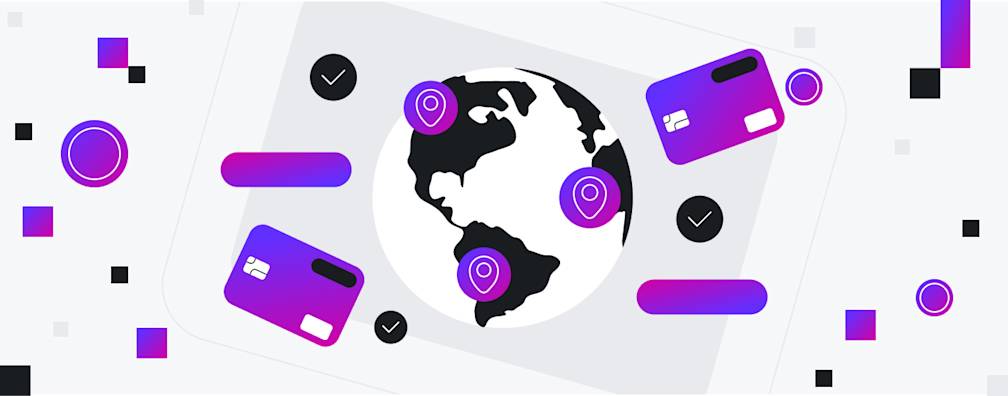
What is a payment API? Guide for global businesses
Learn how payment APIs can help you reach cross-border audiences, increase revenue, and save time and money on manual labour as your business grows.
•10 minutes